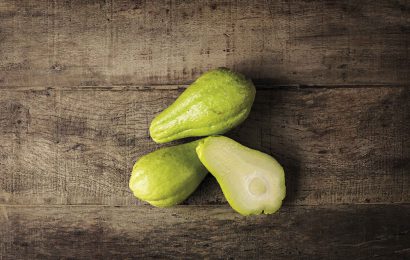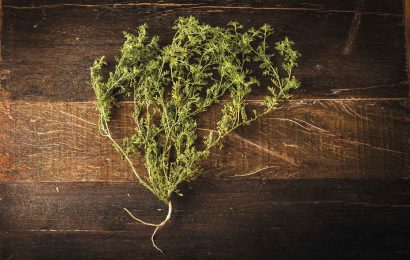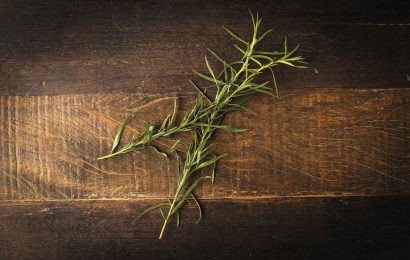Nasturtium officinale sp.
Biritiba-Mirim, a small town of 30,000 inhabitants in the interior of São Paulo, concentrates the largest production of this leaf vegetable in the country, for which it is known as the Brazilian capital of watercress. Cultivated on riverbanks, near to running water, this aquatic plant has a slightly spicy flavor. It is widely used raw in salads and juices, or as an ingredient in classic dishes of Brazilian cuisine such as the oxtail with polenta and watercress. It can also be steamed or boiled, and used to complement soups, mashed vegetables, sauces, soufflés and fritters. As a medicinal plant, it is the basis for popular herbal remedies, such as the honey and watercress tea.



